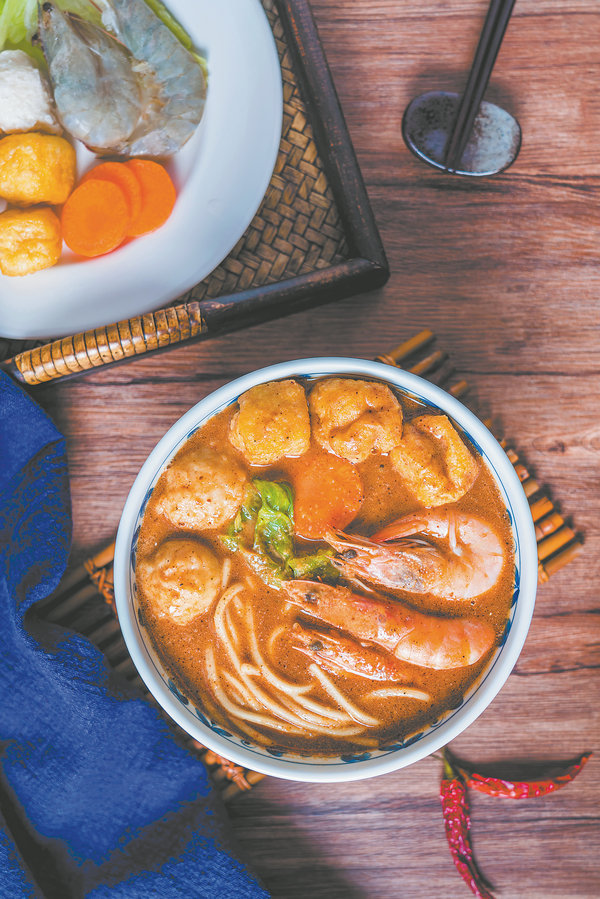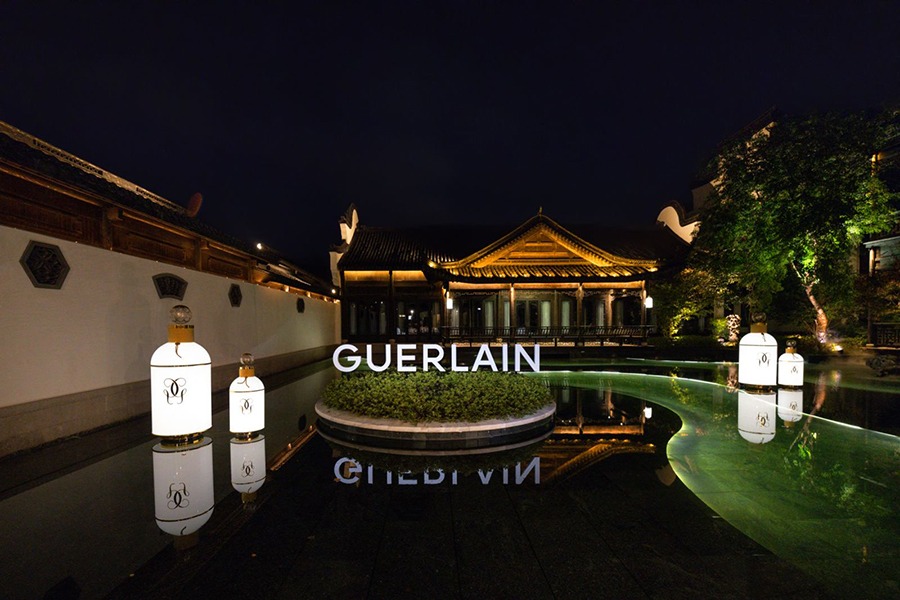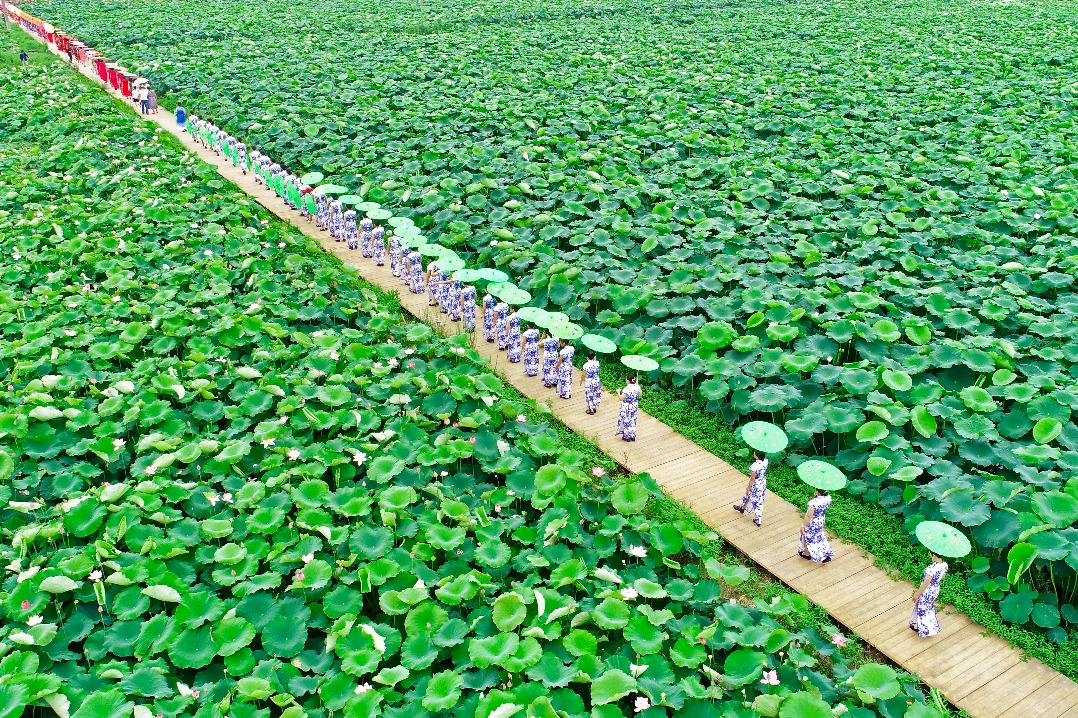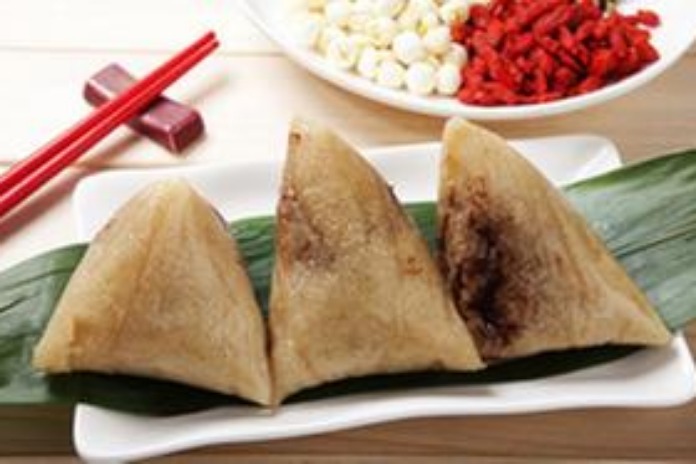The soul of Fujian cuisine
The province still follows traditional cooking methods, but that doesn't mean it isn't open to other influences, which allows for innovation and new flavors, Yang Feiyue and Hu Meidong report in Fuzhou.


It is a dish so aromatic, lore has it that it could entice a monk to abandon his vegetarian vows and leap over a temple wall.
"To make authentic fotiaoqiang takes seven days," says Yang Weihua, a master chef of Fujian cuisine, with three decades of experience.
"Sea cucumbers fear oil — they must be soaked in purified water for four days, handled only with clean, bare hands. Abalone requires three days of treatment to remove any fishy taste," says Yang, who works at the local restaurant Juchunyuan, which was first established during the Qing Dynasty (1644-1911).
"Each ingredient demands individual attention," he emphasizes.
In a steam-filled kitchen, the moment he lifts the lid, which features a sitting Buddha, from a clay jar on the stove, a wave of aroma bursts forth.
He lightly taps the jar's surface with his hand and points out that it is made with special clay from the coastal Changle district. The clay contains sea sand that can withstand the higher internal pressure from slow braising.
"Small opening, large belly, sealed with lotus leaves — this is how we lock in the essence of the mountains and sea," he says.



































